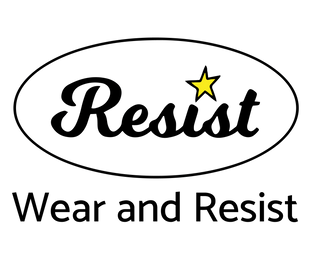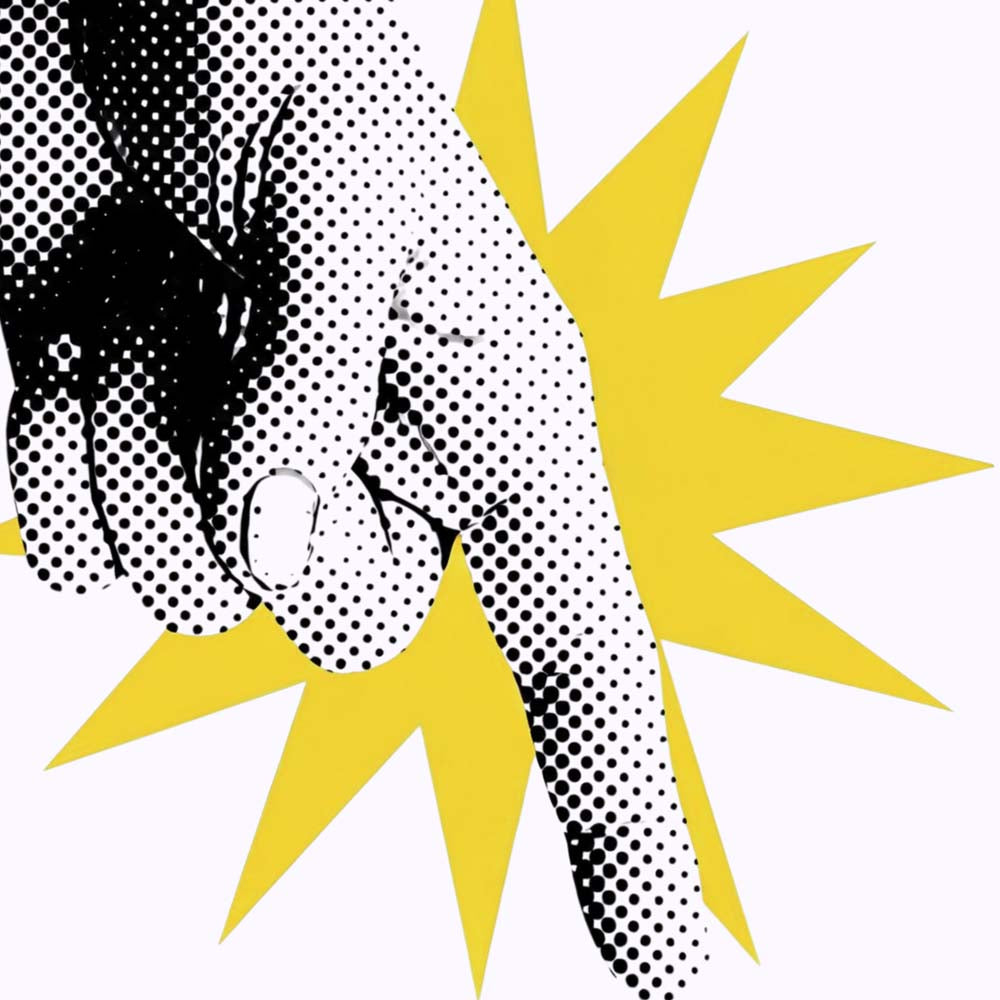At a festival last summer, my daughter and I wandered into the Healing Field in search of cake – and after sharing an oversized brownie while watching a decidedly hung over pilates class we thought we should attempt something more spiritually fulfilling. A chalkboard propped outside a yurt promised a workshop on the ‘Role of Resistance in Creativity.’ Intrigued, we entered.
‘For each artistic impulse that rises up within us,’ said the fascinating woman whose name I’m sorry to have forgotten, ‘we feel an equal and opposite force of resistance. The stronger the urge to create, the more powerful our feelings of resistance will be.’ As a writer, this came as an epiphany: to recognise that resistance is integral to the process of making. So this idea, this word, was already on my mind when two months later the presidential election was decided.
‘Resistance.’ As a noun has stubbornness about it – it brings to mind French Résistance fighters, Star Wars, even the motley crew in Top Secret. But there is something refreshing in the simplicity of the verb ‘to resist’ – a ‘doing word’ that signals a peaceful action. I associate it with the Civil Rights movement – of refusing to get up out of a seat on a bus, or a stool at a counter. And perhaps because it speaks of reaction rather than action, I also associate with the historic struggles of women. Even in the direst of situations, we can always resist. It is the last bastion of action and it is where hope dwells.
I tried to be an artist before I tried to be a writer, although as was pointed out to me in one critique the series of paintings I had hung spaced apart in a row were the size of paperbacks, and it was true I was mainly thinking about narrative. With hindsight I now see that when I photocopied the definition of the word ‘involve’ for the subject matter of a woodcut, I was questioning my own commitment to the visual arts. I carved and contemplated the four definitions provoked by the particular curves and straight lines, the one floating dot, of this seemingly innocuous word, and it became poetic in the process. Because poets choose words like this – for the many meanings they carry simultaneously, so that each brick in their wall brings with it the strength of its previous histories.
So it gave me great pleasure to focus on the word, 'resist,' to choose the right font, enlarge it and watch my husband redraw the letters in vectors, simplifying each curve so the laser would have no cause to pause through the acrylic sheet. And when I wear this word and receive a nod or a smile from a stranger I am reminded that there are good people out there. Most of us are. Like the old song says, like a tree that’s planted by the waters, we shall not be moved.






